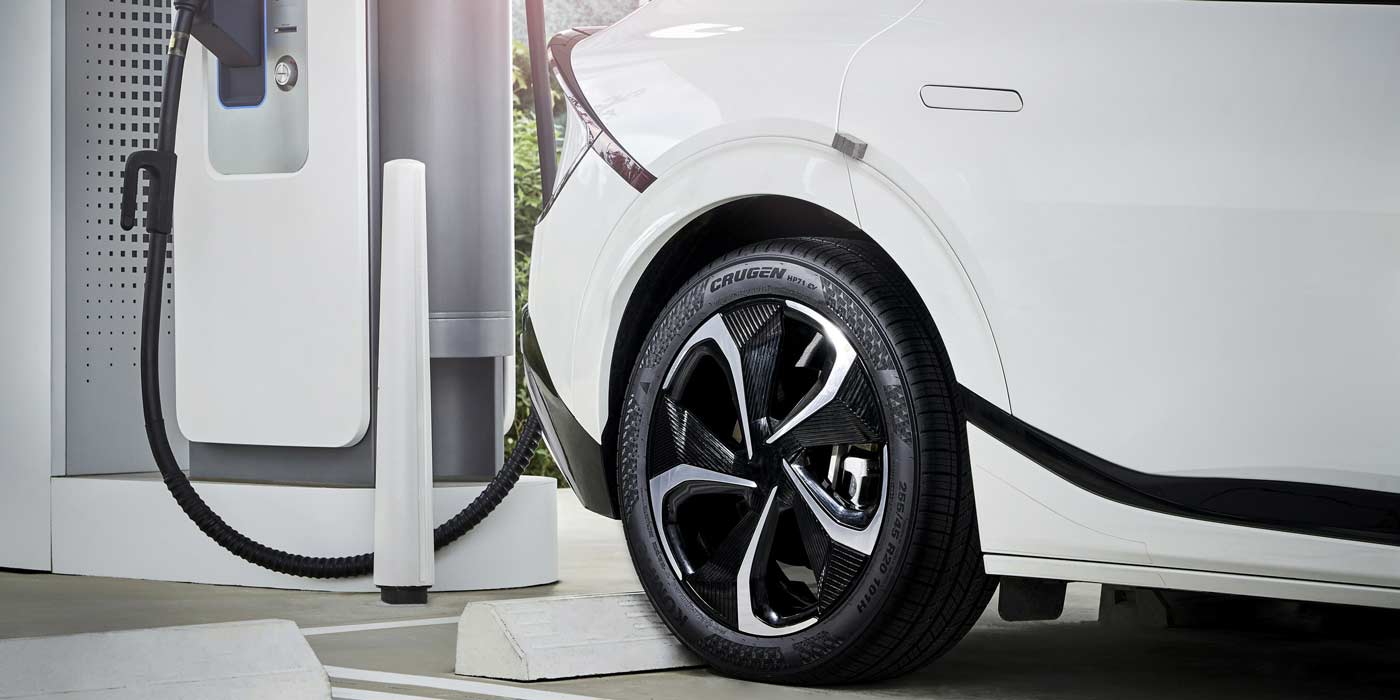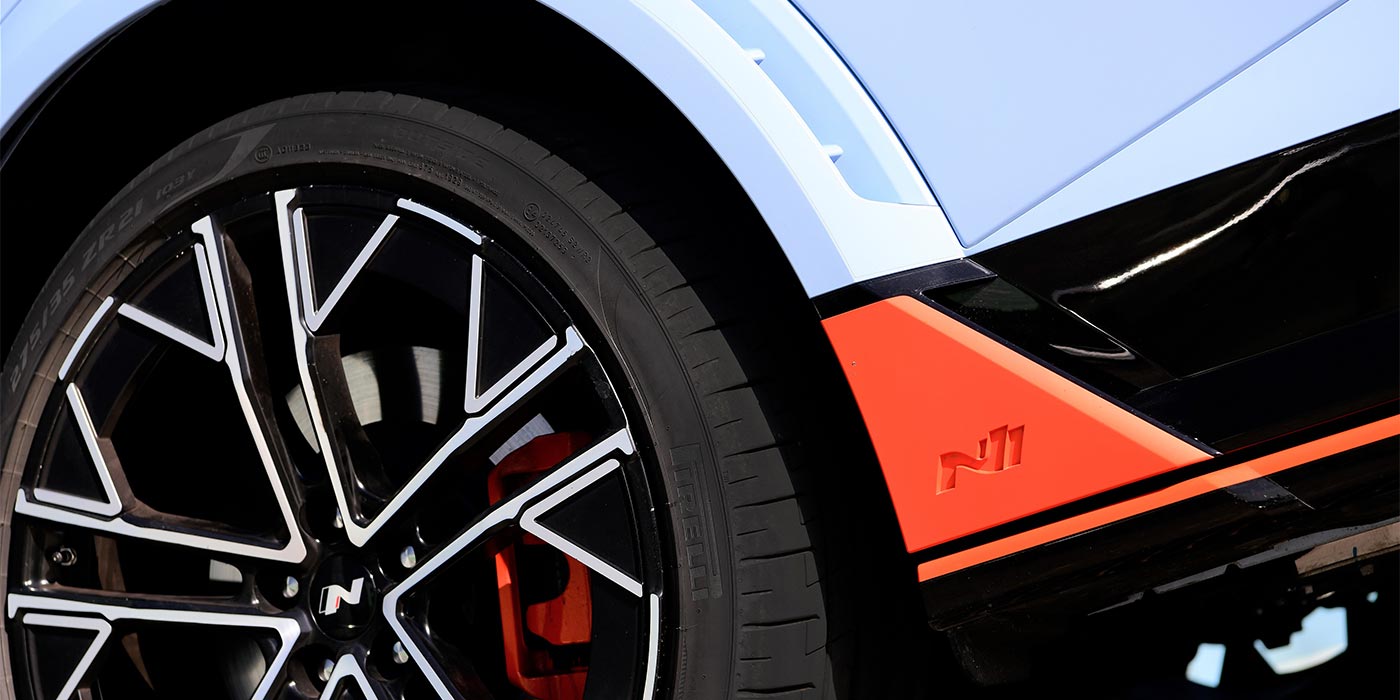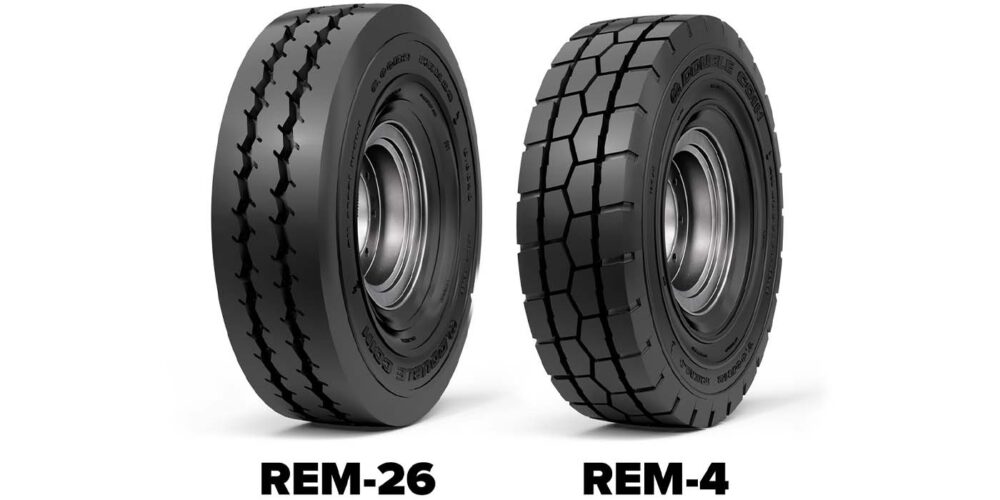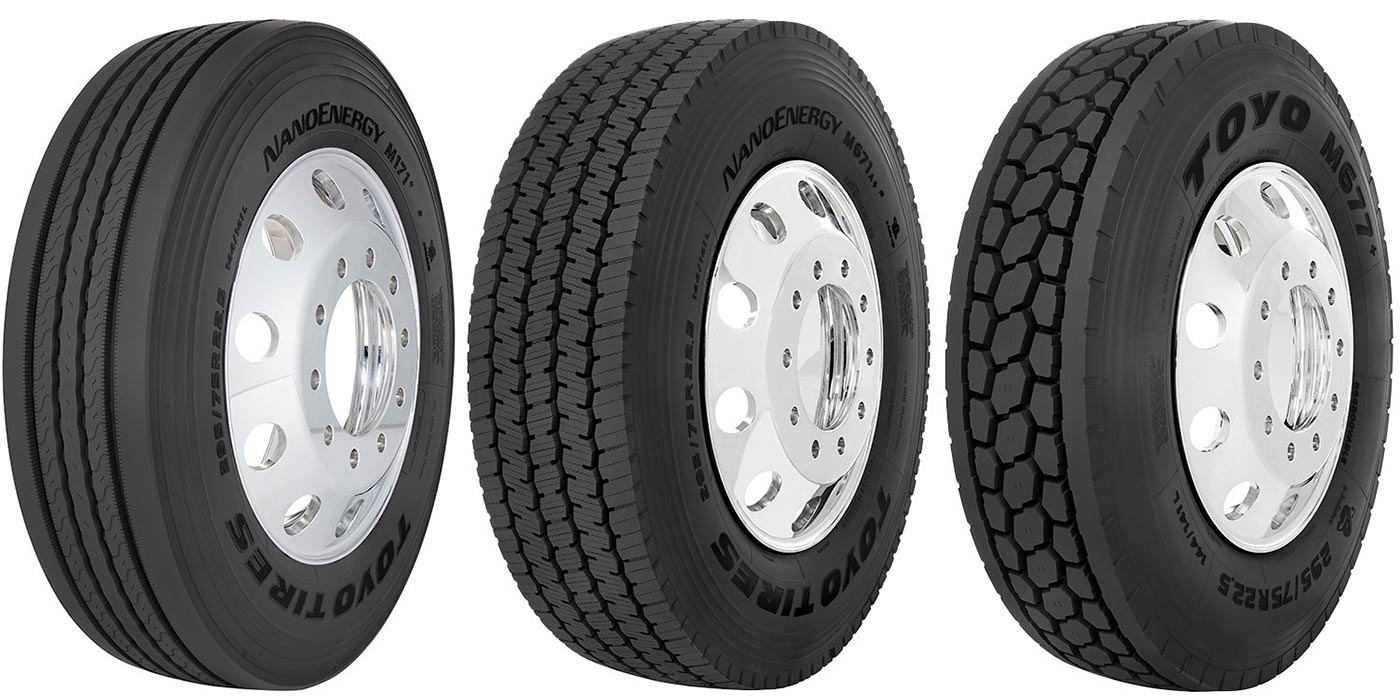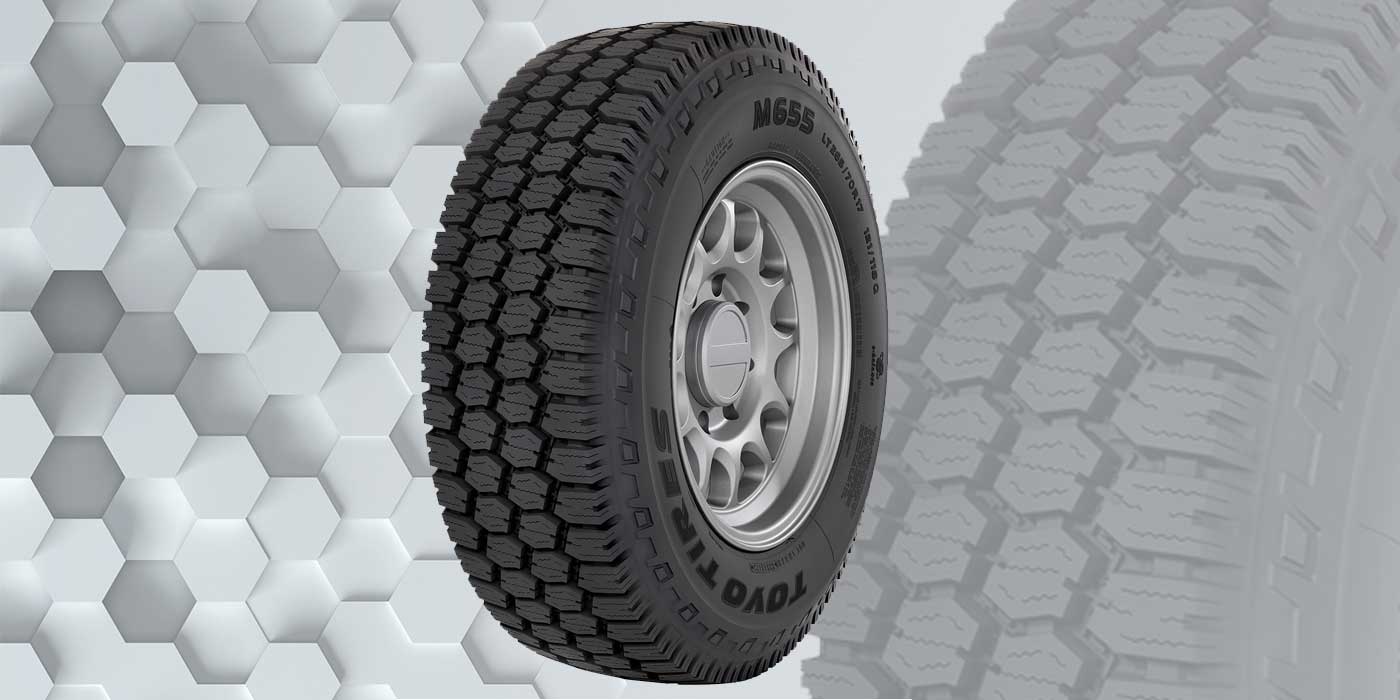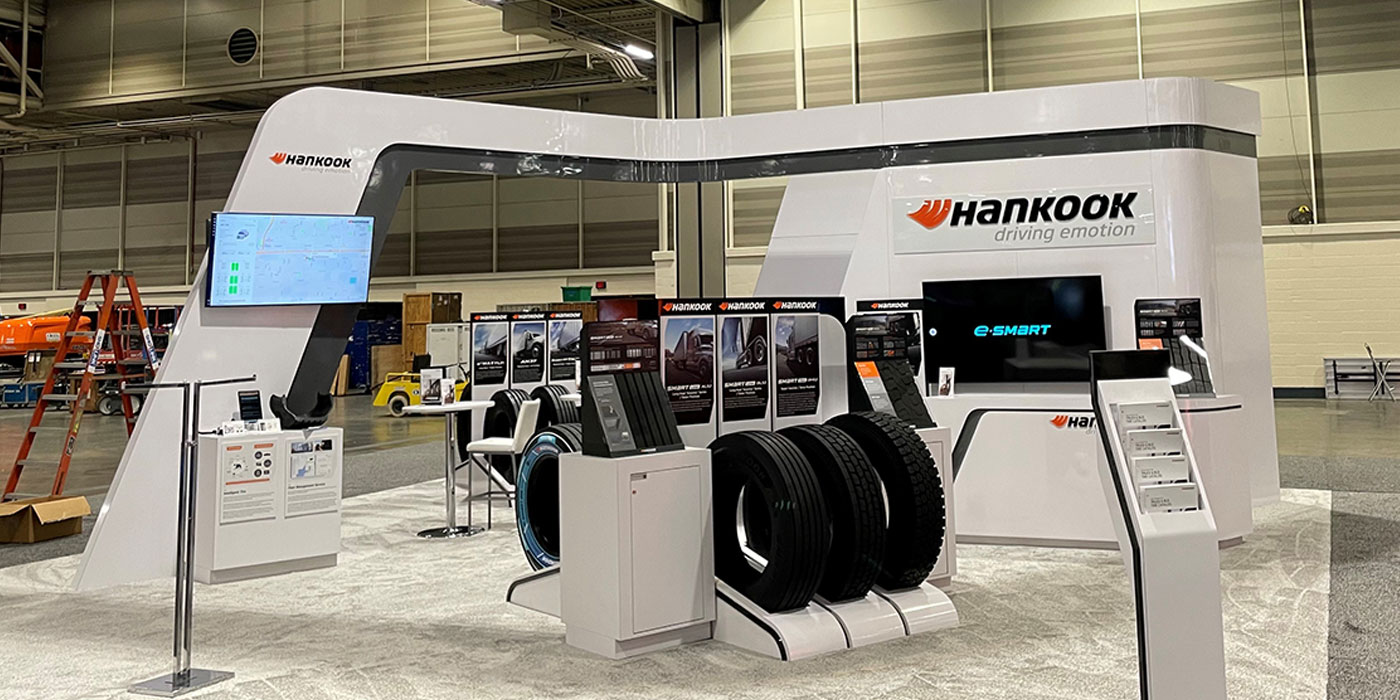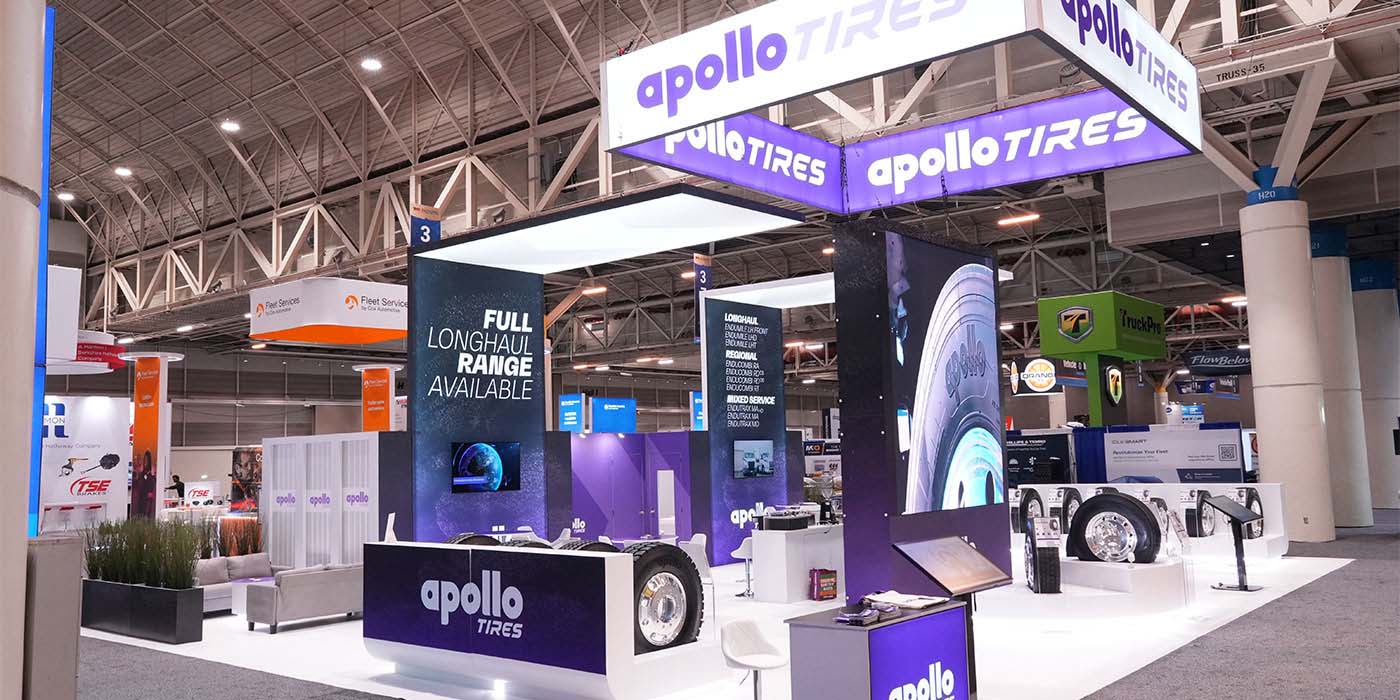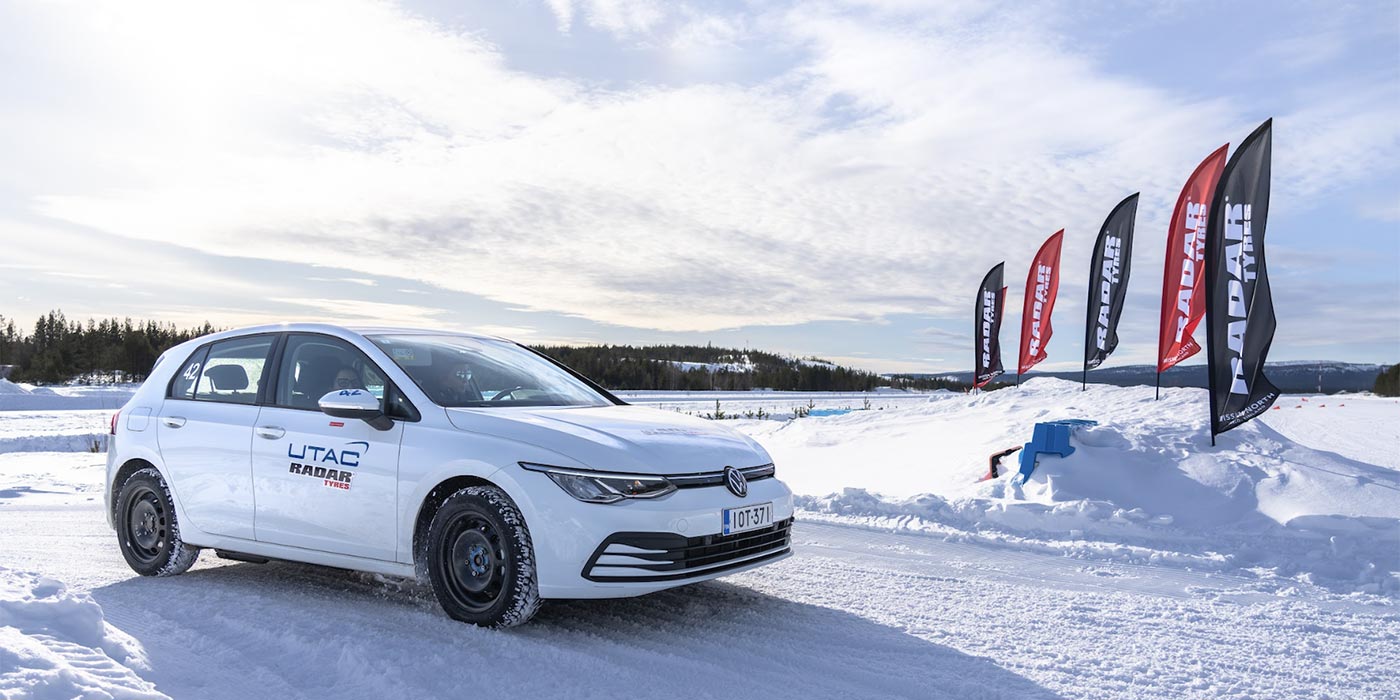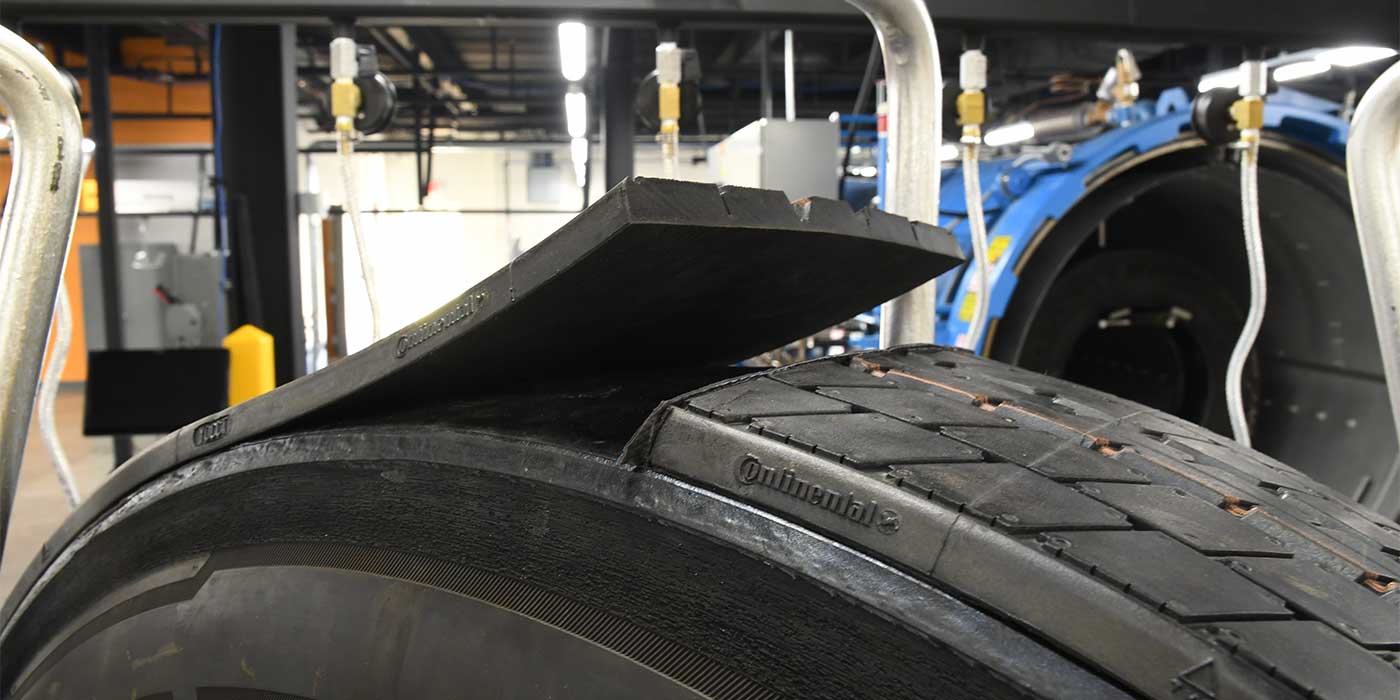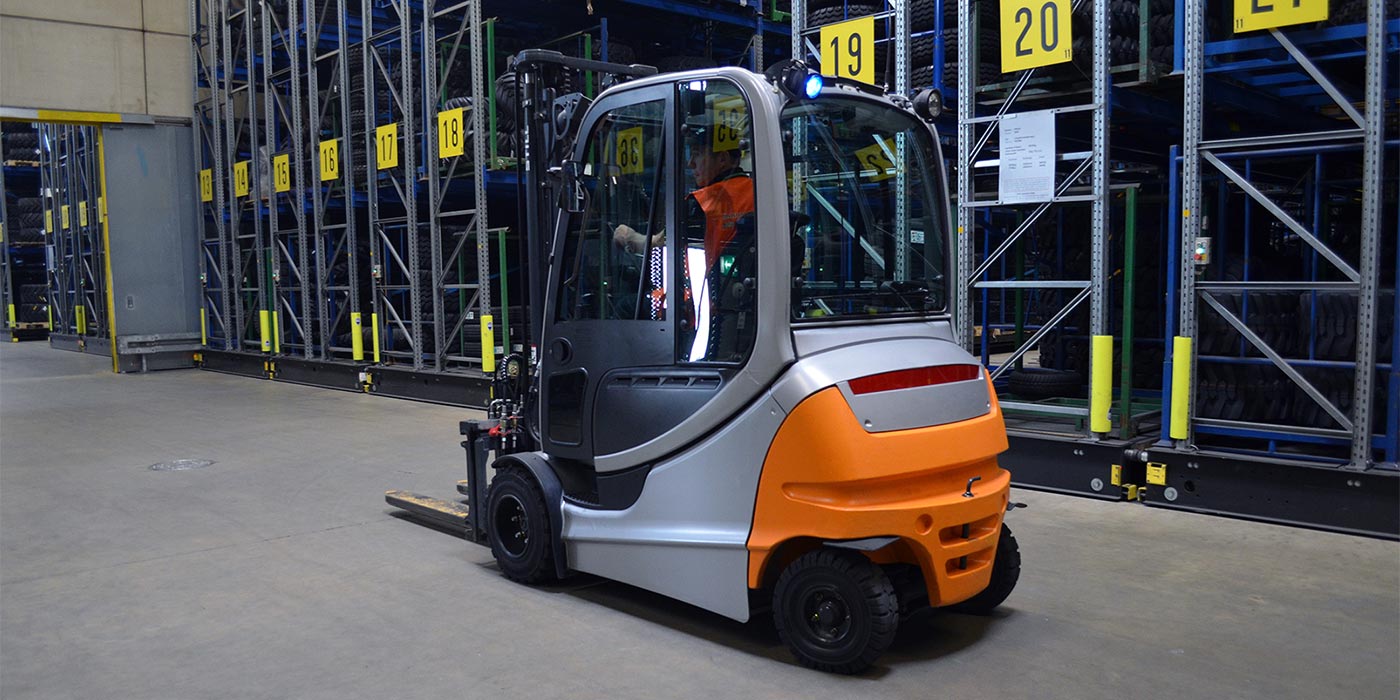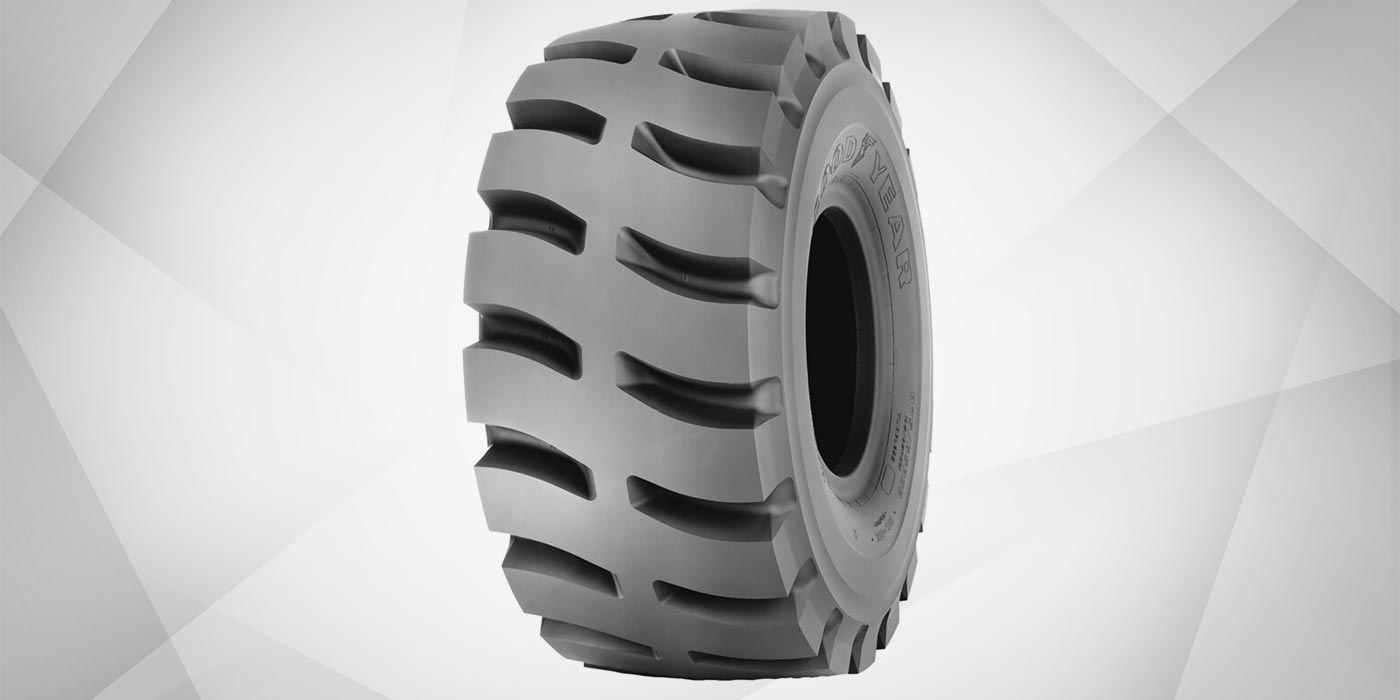Remember a few years back, while driving along the interstate, you’d roll up the
passenger side window to avoid offensive noise as you passed a large truck? It was always annoying, but, if you think about it, you aren’t doing that as much anymore.
There are several reasons why. Most modern automobiles incorporate better noise isolation materials and sealing systems. Door openings and window seals in particular have improved. And newer cars also are equipped with vastly improved heating and air conditioning systems so windows remain closed most of the time, regardless of weather.
In fact, with the disappearance of vent windows (remember those?) and the obsessive emphasis some drivers have for windows-up aerodynamics to maximize fuel efficiency, many modern vehicles are actually less pleasant to drive with the windows down than their earlier counterparts. This discomfort is mostly due to excessive wind buffeting created, in part, by today’s lighter vehicles.
More importantly however, trucks themselves have become much, much quieter. The three vehicle systems primarily responsible for the reduced noise levels are exhaust, engine cooling fans and tires.
Nearly all highway diesels are now turbocharged. Fresh, hot exhaust gases are routed through the turbocharger unit where sound is dampened as the exhaust flow is used to drive the turbine’s compressor. This reduces exhaust pulsing and creates an effective sound damper ahead of the muffler.
Acoustic engineering has also been applied to modern engine block, manifold and intercooler designs to further lower noise levels – in spite of climbing horsepower and torque ratings. For example, many newer engine designs employ convex exterior surfaces and thickened casting wall dimensions for noise control.
Since maximum exhaust noise occurs at high-power demand, engine noise testing is typically conducted under full throttle or accelerating conditions, but at lower road speeds to minimize input from other sources.
Engine cooling fans can also be very noisy, but are usually required only under low road speed conditions in hot weather. Modern trucks are fitted with sophisticated sensors to activate clutch driven fans that normally freewheel and are engaged (noisily) only when needed for additional airflow through the radiator. Typical fan engagement times are less than 8% of total running time for most trucks, however.
Quieter Treads, Casings
Modern truck tires also contribute significantly to reduced highway noise levels. The measurement used to quantify tire noise (actually sound energy level) is the decibel (db). And a special weighting scale (dbA scale) has been developed to approximate sound energy level as perceived by the human ear. Total tire noise is made up of numerous components, each the subject of scrutiny by tire technicians specializing in acoustic engineering.
Air pumping, tread element vibration, casing vibration, and acoustic resonance are four distinctive noise-generating mechanisms examined when evaluating candidates for new tread and casing designs.
Although much progress has been made in minimizing these mechanisms in laboratory settings, road surfaces also heavily influence tire noise. Asphalt and concrete roads can create very different noise generation properties from the same tire pattern designs. Size and origin of the aggregate used, and the degree of surface density and polish are significant variables.
For example, numerous tests have shown highway rib truck tires to be up to 8 dbA louder on new, brushed concrete than on moderately smooth or polished concrete roads. This is especially impressive considering that a 3 dbA difference is equivalent to a doubling of the sound energy level.
Practically speaking, this means there is likely more difference in tire noise generated by a single tire running on different road surfaces than exists between the best and worst noise offerings among tiremaker highway lines.
The range of "typical" road surfaces a tire will run on during its initial life is an important part of new tire sound level design today. Proving this point, a perfectly smooth tread tire, with no grooves, actually creates more noise on some highway surfaces than a properly designed full-skid rib tire.
Tire sound levels also increase with speed, and testing is usually conducted at highway speeds, following detailed testing in controlled conditions to minimize non-tire variables.
Pitching – varying the circumferential length of repeating tread elements while maintaining a constant tread width ®“ is a common tool designers can use to mitigate noise.
Computers are used extensively to predict the noise characteristics of competing design proposals.
All of this science has allowed tire engineers more flexibility to experiment with aggressive new designs, tread depths and stabilizing tie bars than was possible just a few years ago.
If There’s Wear, There’s Noise
Uneven or irregular treadwear nearly always increases tire noise levels. Elevated noise levels often occur before uneven wear becomes visible or so pronounced that vibrations surface. Wear patterns, such as heel/toe, alternate lug wear and other high/low wear, are especially likely to increasing noise. The best tire engineering efforts haven’t been able to eliminate this tendency, so proper tire application and maintenance is a must.
Assuming that the tires have been properly selected to match the axle position and vocational service requirements, proper inflation, alignment and dual matching are the three major ways to minimize or eliminate irregular wear, keeping tire noise to a minimum.
Most tire engineers agree that steer axle toe setting and axle parallelism on tandem drive and trailer axles are the most important alignment angles in controlling irregular wear patterns. Because of slower wear rates, diameter matching and pressure equalization in dual sets are especially important in high-speed, over-the-road service. The tire with the smaller rolling diameter and/or lower inflation pressure is usually the first to display irregular wear.
One final thought about tire sound levels and retreads: As with new tires, it is nearly impossible for anyone other than acoustics-experienced engineers to visually assess tire noise properties of specific tread designs.
Many precure and mold cure tread designs which appear to be identical to new tires, may have different noise generation characteristics due to slight differences in tread pitching or tread element variations.
At the same time, major retread suppliers have carefully engineered their designs to produce optimum driving (bottom line) performance and minimized tire noise.
Granted, tire noise may be considered a "soft" tire performance property compared to treadwear, casing durability, and retreadability. But it is something to consider in selecting products for commercial tire customers.
Their drivers, and passing motorists, will appreciate it.



